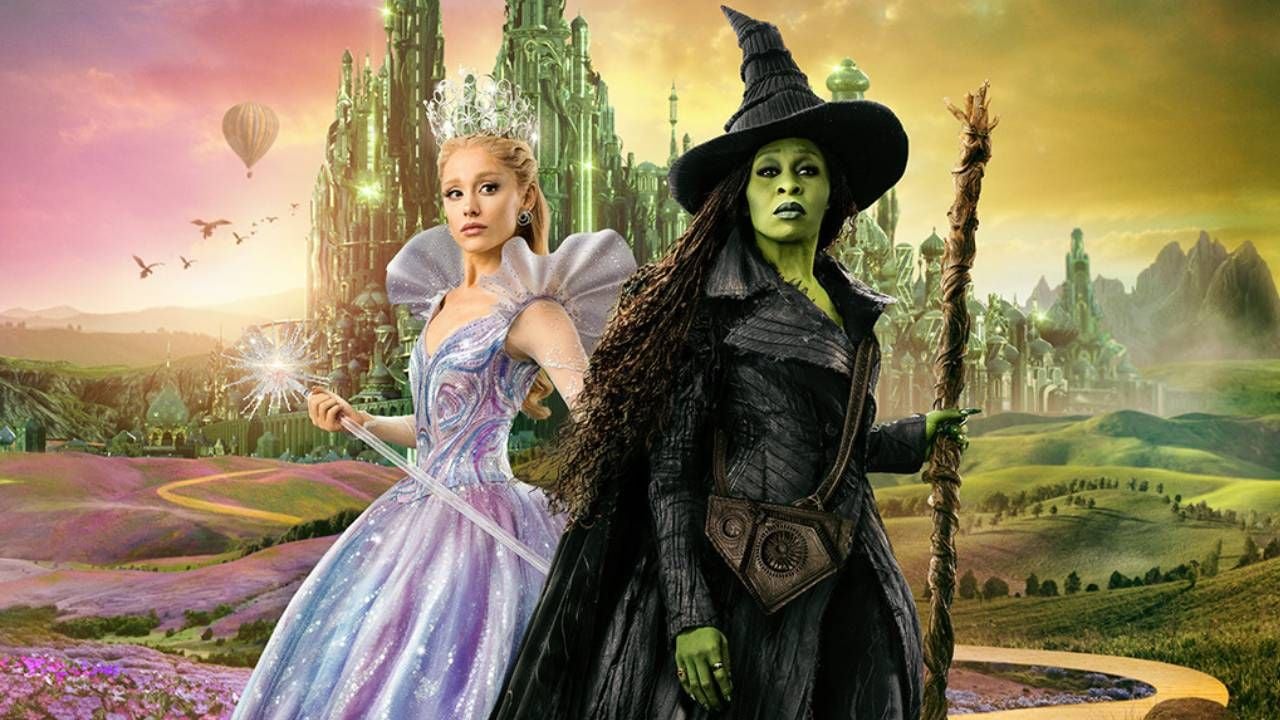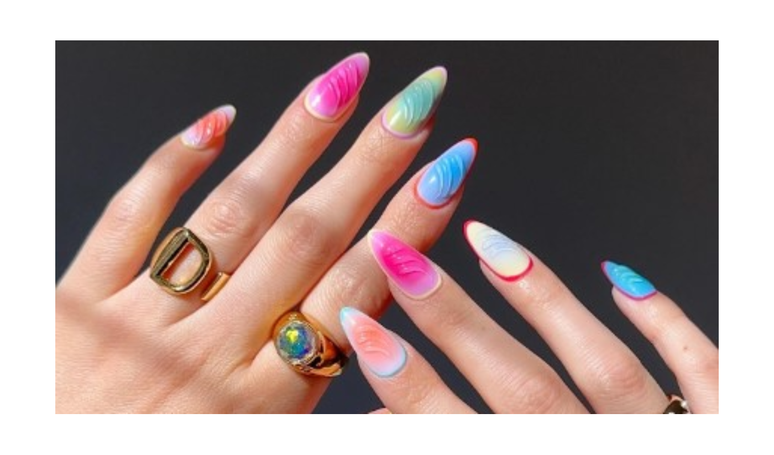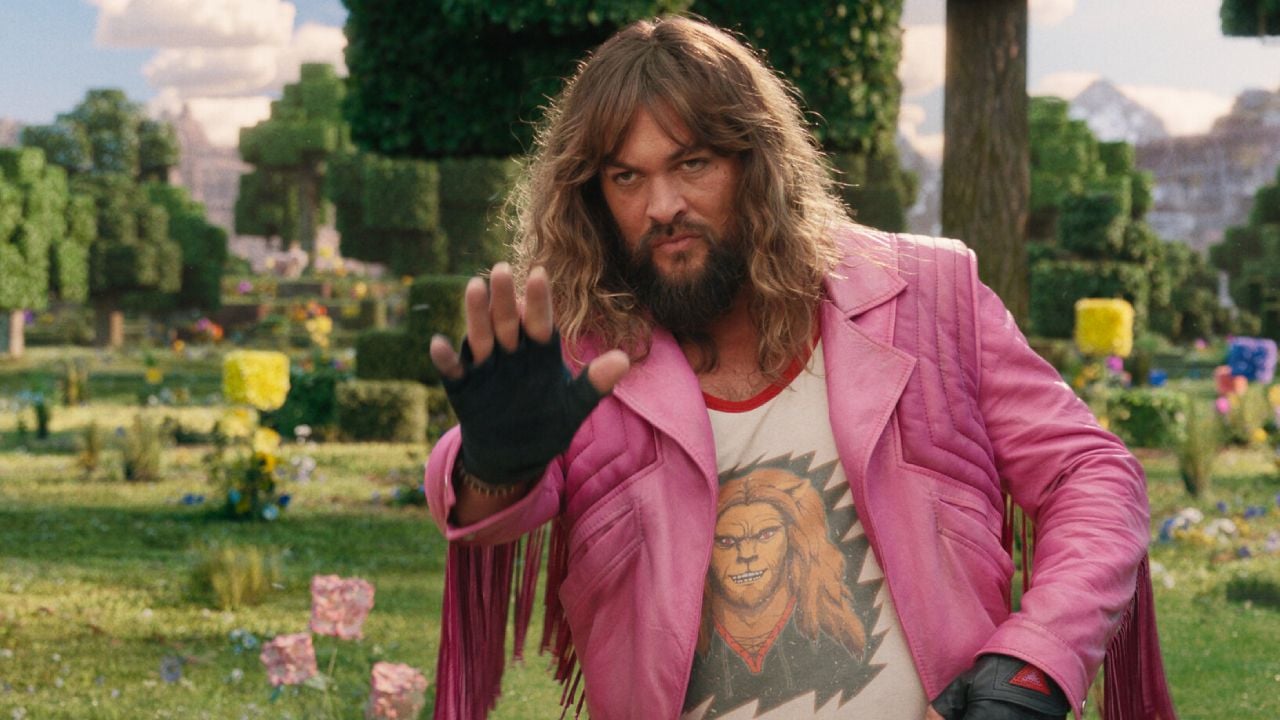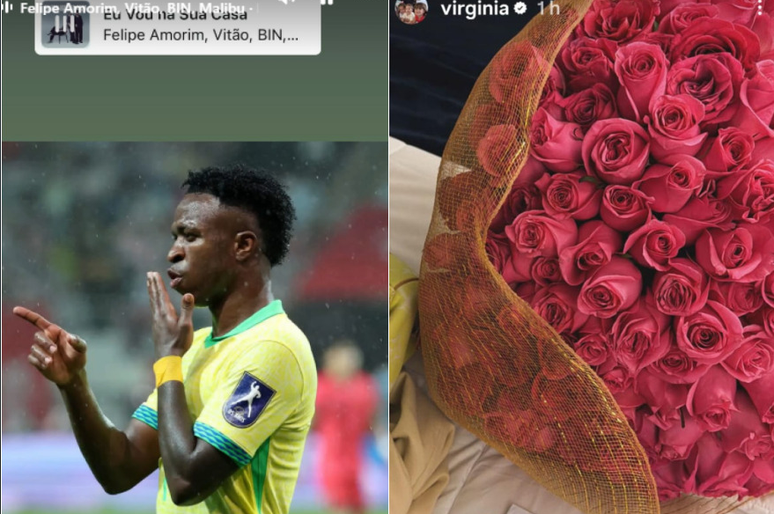Ebony answers questions from Rolling Stone Brasil about KM2, her third studio album and most personal work to date
*Interview in the September/2025 edition of Rolling Stone Brasil |
The intelligent and acidic rhymes of Ebonyfull of attitude, style and confidence, attracted attention at the beginning of his career, when he sang trap, whether on the single “Cash Cash”, which came out in SoundCloudor subsequent releases, such as the songs “Bratz” and “Glossy” and the debut album, Peripheral Vision (2021). During this period, however, she faced some people who wanted to restrict her art.
Two years later, consolidated in the scene and with the freedom to do what she wanted as an artist, the rapper moved away from trap to produce Therapy (2023), which is influenced by “root rap”, funk and disco music, and was successful with tracks like “100 Milli” and “Intrusive Thoughts”, whose lyrics explore sexual themes and the limits of the absurd. A few months later, he would release “I hope you understand”, diss track that shook up the entire national rap scene.
Then, on the third studio album, KM2released on digital platforms on May 12, 2025, Ebony decided to do an intimate work and revisit everything she experienced where she was raised, in Burnedbetween traumas and moments of joy. In this new phase, she sought to make peace with herself and show that she has something to say beyond what is expected of her and, with that, present Milena Pinto de Oliveirathe person behind Ebonyto the public.
How did you feel that the time had come to make peace with yourself?
Therapy was research into sexuality, funk and peripheral sexual language. I felt like I had already finished [esse assunto]but people still had that image of me. Especially after doing the diss, which brought attention and a lot of eyes to me, I was with this entire audience, on a stage, but I wasn’t saying anything. My existence and my positioning already say a lot, but what does my music say?
That’s when I started researching KM2: “Okay, we can talk a little nonsense here, but I have much more than that. Would you listen to me if I talked about more than sex and what you already expect from a black woman?” KM2 is my way of answering this question. Regardless of whether they listen or not, I have something to say.
KM2 counts on the partnership between Ebony and Larinhx after Therapy. Was working with her different this time?
It was totally different. [O processo de Terapia] it was very much a jam between the two of us. Larinhx is from Queimados too. I met her because she was an MC and producer since she was 13 — she’s also a prodigy. To this day, she’s the only producer who knows what I want to do just by looking at my face. We understand each other on an absurd level. Therapy was this place of making funk, talking nonsense and swearing. When I launched myself on the scene, at 17 years old, the first people who worked with me had a vision that I needed to be a teen artist, but my experience was not teen at all, for God’s sake. Therapy was: “I want to talk like this, wear little clothes and perform on stage in shorts this size”. Larinhx accompanied me a lot on this. They were lyrics written without much pretension. In KM2, when I arrived with this premise of “now I’m going to delve deeper”, I needed to talk to Larinhx. The presence of Black Alien in the song with her [“Vale do Silício”] It was very symbolic.
This album is very reflective and personal. You sign all the lyrics and talk about your childhood, Queimados, personal issues and heavy situations. What was it like to rescue your past and tell the pre-Ebony story?
It was a somewhat painful process. There were some songs that I actually wrote crying without realizing it, because I revisited a lot of things that no one should have gone through. It was very exhausting, I felt like I purged something from myself, to the point where it felt like a weight had been lifted when the album was released. I finally talked about it after 25 years. I tried to speak other times, especially during the events, but my voice didn’t have the power it currently has. Talking and knowing that people will listen healed me.
Do you feel like you’re emotionally ready to sing these songs, which had this whole complex process, live?
For sure. This moment of preparation happens when I start writing. I’m sorry that… how can I say this without sounding insane? It’s like I only use my fingers. The lyrics are there probing and prowling me, and I only see what I did after writing. It’s as if I were just an internship between the lyrics and the release, as if the lyrics weren’t even mine, in fact.
The first song on this album that I wrote was “KIA”. As soon as Larinhx sent me Pep’s beat [Starling, produtor]I started “turn off the iPhone, take off the phone, just listen to my voice…” and then I continued. I wrote about four lyrics the same night, in maybe three hours. It was amazing, an exorcism.
You also mentioned that this album is neither sad nor happy. Could you elaborate?
I was very happy being a child from Burnaden, even with all the obstacles. How would the idea of being a happy child in a place full of crossings sound if it were a song? That’s why I thought of several different musical elements. I remember that sometimes I felt very angry, sometimes I was sad, but sometimes I was very happy. Sometimes I was just a kid, sometimes I was a kid who needed to act like an adult.
KM2 explores different rhythms, such as rap, funk, drum and bass and trance. How did your sound study go?
There were so many emotions that there was no way it could be a single musical style, you know? I have gone through various lifestyles and thoughts throughout my life. The first genre I liked musically was rock, then rap, blues and electronica until I arrived at what I do today. It didn’t seem right to pay homage to all the versions of myself without bringing several musical versions, too.
“Silicon Valley” is the first song in which you say your name, and a lot of people don’t even know who the hell Milena is. How do Ebony and Milena talk to each other?
“Ebony”, let’s put it that way, was this persona that always accompanied me. Milena is me in my heart, when I cry. But I couldn’t be vulnerable for most of my life — no one would care if I talked, honestly. I invented this version of myself that would never turn to someone and say “this is affecting me”, but this projection of self-esteem always happened. It’s not like I invented something that doesn’t exist, I just isolated a part that I feel comfortable enough for people to see.
For the first time—since my fontanelle is closing—I felt comfortable saying, “You can see this part of me because your opinion doesn’t matter anymore.” For a long time, people’s opinions about Ebony didn’t affect Milena, but opinions about Milena were something I wasn’t willing to have. For example, my appearance has always been a trigger for me, mainly because I’m a black girl from a private school, and I feel like Milena wouldn’t be able to handle it, but nowadays, yes. I am at peace and discovered that I am beautiful out there! People kept stopping me on the street: “Guys, you’re really pretty!”
Were you afraid to show more of Milena in KM2?
I said: “Oh, now is the time, my fontanel is closing”. The fontanelle closing is very important.
Despite Peripheral Vision and Therapy are very different, I felt a lot of Ebony’s presence from these other albums in KM2. For you, what is it like to have this duality and explore all its facets?
They are merging for the first time. I listened to KM2 and that’s really what you said: it’s like Therapy meets Peripheral Vision, you know? Everything is starting to line up.
And how do you evaluate the era of Therapy in your career?
It was a stage in which I wanted to appear more. When I started making music, I had no intention of showing my face; I didn’t see the need. I was prejudiced against people who used their sexuality a lot to achieve things, until I realized that I was being a repressed dog. [risos]. I criticized what I wanted to do the same and I made peace with that. I decided to show my face and my relationship with self-esteem improved a lot. I said: “In Therapy, I will wear small clothes, be blonde and bleach my eyebrows”. After that, several other girls started asking me and tagging me. [nas redes sociais] saying that I was a reference. It was the right way, understand? Therapy was a phase of showing myself physically. KM2 is a phase of showing myself artistically and emotionally.
Rolling Stone Brazil: Avenged Sevenfold on the cover
The new edition of Rolling Stone Brazil brings an exclusive interview with the five members of Avenged Sevenfoldon the eve of his biggest solo shows in Brazil. In addition to the matter with Ebonythere is also a chat with Planet Hempa special Bruce Springsteentribute to Ozzy Osbourne and much more. Buy on the Loja Perfil website.
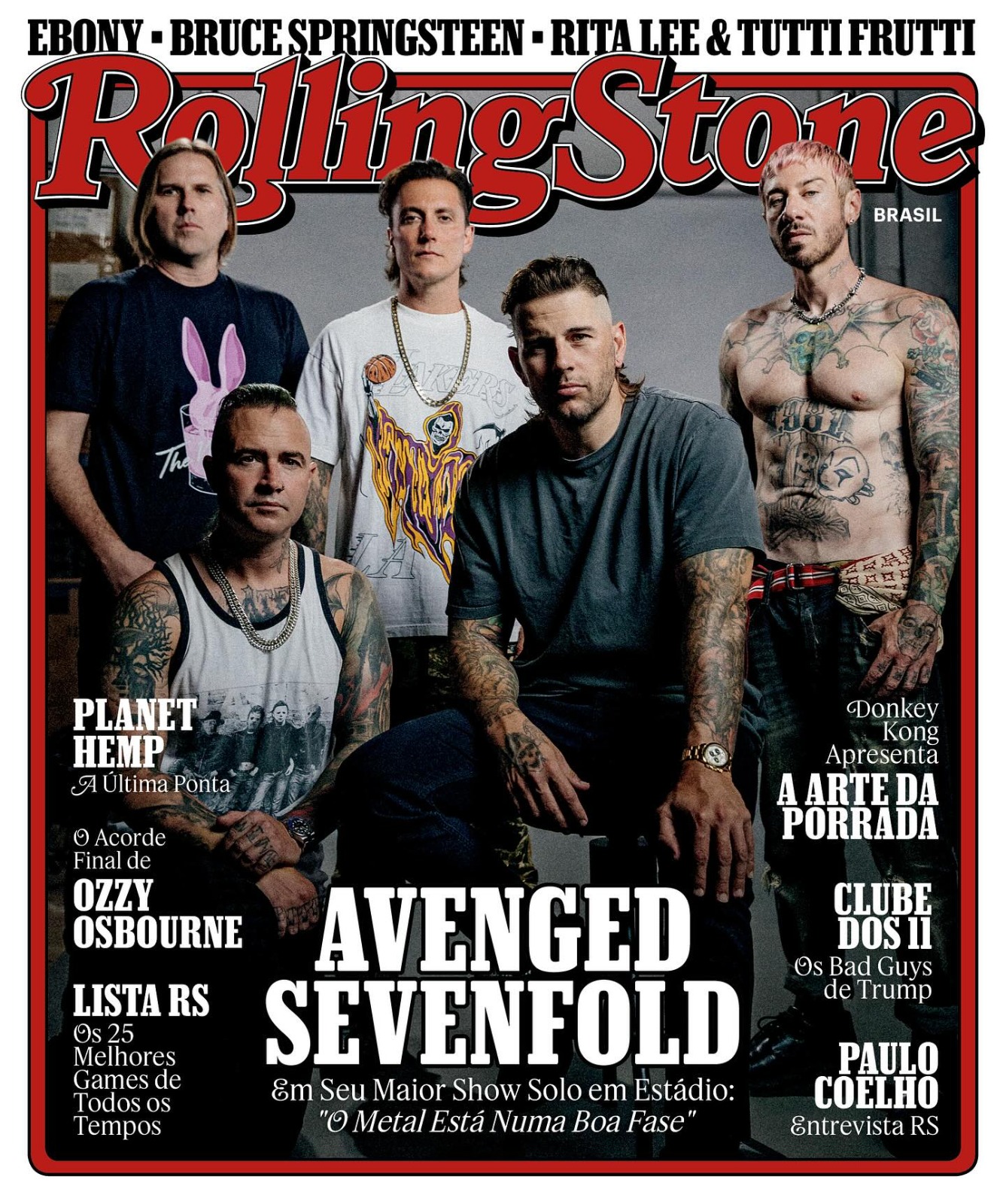
![]()
-
ebony
-
interview
-
KM2
Source: Rollingstone
Rose James is a Gossipify movie and series reviewer known for her in-depth analysis and unique perspective on the latest releases. With a background in film studies, she provides engaging and informative reviews, and keeps readers up to date with industry trends and emerging talents.


